The Coronavirus Aid, Relief and Economic Security (CARES) Act was signed into law on March 27, 2020. This law added several provisions which affect retirement plan participants and plan sponsors. In this article, we will examine the new coronavirus-related distributions. In future articles, we will look at the increased limits for participant loans, waivers of 2020 RMDs, and some features affecting sponsors of defined benefit plans.
Section 2202(a) of the new law permits what is known as a “coronavirus-related distribution.” This has some similarities to existing hardship withdrawals, but is best understood as an entirely new type of distribution.
Requirements
A distribution must meet all of the following requirements to be considered a coronavirus-related distribution:
It must be made between January 1, 2020 and December 30, 2020;
It must be made from an eligible retirement plan or IRA;
It must be made to a qualified individual; and
It must not exceed the aggregate limit.
Eligible plans
Plans eligible to make coronavirus-related distributions are:
Qualified plans, including all 401(k) and profit sharing plans,
403(b) plans,
IRAs,
Individual retirement annuities,
Section 403(a) annuity plans, and
Governmental 457(b) plans
Qualified individuals
The law defines a qualified individual as as an individual:
who is diagnosed with the virus SARS–CoV–2 or with coronavirus disease 2019 (COVID–19) by a test approved by the Centers for Disease Control and Prevention,
whose spouse or dependent (as defined in section 152 of the Internal Revenue Code of 1986) is diagnosed with such virus or disease by such a test, or
who experiences adverse financial consequences as a result of being quarantined, being furloughed or laid off or having work hours reduced due to such virus or disease, being unable to work due to lack of child care due to such virus or disease, closing or reducing hours of a business owned or operated by the individual due to such virus or disease, or other factors as determined by the Secretary of the Treasury (or the Secretary's delegate).
In other words, you are a qualified individual if:
You, your spouse, or dependent have tested positive for coronavirus, or have been diagnosed with COVID-19, or
You have experienced adverse financial consequences as a result of any of the following:
Being quarantined
Being furloughed or laid off, or having your work hours reduced due to coronavirus/COVID-19
Being unable to work because you are unable to obtain child care as a result of coronavirus/COVID-19
You are the owner or operator of a business which has closed or has reduced hours as a result of coronavirus/COVID-19
The law also allows for the IRS to make other situations available for coronavirus-related distributions. As of this date, no other qualifying factors have been announced.
The law explicitly allows for plan sponsors to rely on the participant’s certification that they are an eligible individual under the above definition. This means that it is not necessary for sponsors to collect substantiating documentation from participants.
Aggregate limit
The maximum amount of a coronavirus-related distribution is $100,000. This is determined on the basis of all coronavirus-related distributions taken by the participant during the calendar year, including those from IRAs. A plan sponsor is not responsible for taking into account any distributions which a participant may have taken from other plans or from IRAs, as long as the sponsor limits the total coronavirus-related distributions taken by the participant during the calendar year to $100,000 across all plans maintained by the sponsor and any member of its controlled group.
Exempt from excise tax
A coronavirus-related distribution is exempt from the excise tax under IRC sec. 72(t). This is the 10% penalty tax that normally applies to any distribution taken from a qualified plan or IRA prior to age 59½.
Distribution may be repaid
Coronavirus-related distributions may be repaid to the plan. The repayment must be made within 3 years after taking the distribution, and may be made in multiple installments, or all at once. The repayment can be made to any IRA or qualified plan to which the participant is eligible to make a rollover contribution. For tax purposes, the repayment will be treated as if it were a rollover contribution made within 60 days.
Income may be recognized over 3-year period
Coronavirus-related distributions are spread out over a 3-year period for income tax purposes. This treatment may be waived, if desired.
Plan operations
Plans may, but are not required to, allow for coronavirus-related distributions in addition to other types of in-service or post-severance distributions, and in the absence of another distributable event. If a plan allows coronavirus-related distributions, it may do so immediately, but it must then be amended retroactively no later than December 31, 2022 for calendar year plans.
Even if the plan does not allow for coronavirus-related distributions, if a qualified individual (as defined above) is eligible for another type of distribution under the plan, they may still be able to take advantage of the tax benefits associated with coronavirus-related distributions.
This is a highlight of the important provisions and considerations around coronavirus-related distributions, as added by the CARES Act. We expect that there will be specific questions which may not be answered by this article. If you have any questions, please reach out to us.
Look for Part II of the Coronavirus Relief series, coming soon!
